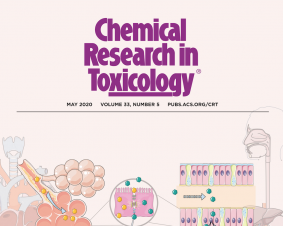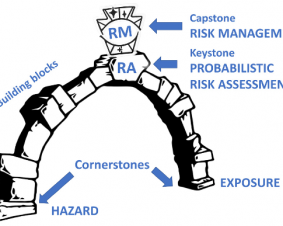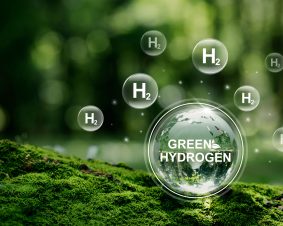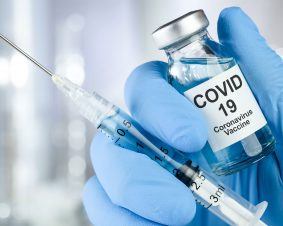 >
Spotlight March 2022: Safe Materials from Scratch – Safe-by-Design-Concept in action
>
Spotlight March 2022: Safe Materials from Scratch – Safe-by-Design-Concept in action
In recent decades, German research on nanomaterials and new, innovative materials has been widely expanded by material safety aspects. European initiatives also pay significant attention to this: both the European Union (EU) Green Deal, and the Chemicals Strategy for Sustainability (CSS) aim to create a sustainable, climate-neutral economy with sustainable and safe chemicals and products, while better protecting human health and the environment. The focus is on fostering innovation while addressing global challenges.
The Safe-by-Design (SbD) strategy for nanomaterials and innovative materials is one approach to address precisely these challenges (see also Spotlight Research of November 2021). Risks to humans and the environment should ideally be identified, assessed, and reduced on an early stage of the development process. The European Horizon 2020 project NanoRegII also deals with safe-by-design and is the first project that has now conducted a practical test of the safe-by-design concept. The NanoRegII safe-by-design strategy was implemented at six companies. The experience gained was then evaluated and guidelines for practical implementation of the safe-by-design strategy for the future were developed. In addition to being informative, the guidelines also contain several tools that are intended to help identify risks at an early stage. This should enable an assessment at each step in the innovation process as to whether the innovation should be continued and, if so, which safe-by-design measures need to be further applied to reduce uncertainties. The guidelines thus offer a first approach that can be adapted by each company to its specific requirements for innovation.
Original Publication:
Sánchez Jiménez, A. et al 2022 Safe(r) by design guidelines for the nanotechnology industry. NanoImpact 25, 100385.

Weitere Spotlights
Spotlight October 2020: Nanosafety – Topic of the Future
Research on nanosafety is a driver of innovation as the spotlight in July has demonstrated. But furthermore, this research field is built on routine as well if researchers look for the “needle in the haystack”. In many areas the safety research initiates the development of new methods, e.g. for the determination of nanoparticles within exposed organisms via […]
Read moreSpotlight February 2022: Probabilistic risk assessment – the keystone for the future of toxicology
The basics of toxicology are constantly being reconsidered, and the approach to risk assessment is therefore constantly being put to the test, because, as William Osler is cited in this publication, “Medicine (toxicology) is a science of uncertainty and an art of probability“. In this recent paper, the team around Thomas Hartung (Johns-Hopkins University/University of […]
Read moreSpotlight October 2023: Improved hydrogen production through novel catalyst made of three metals
Hydrogen is one of the important energy carriers of the future when it comes to climate-relevant energy supply. For example, surplus electricity from wind turbines or solar plants can be converted into hydrogen, allowing the otherwise unused energy to be stored for longer periods. This hydrogen can be used to power trucks and buses for […]
Read moreSpotlight February 2021: Nanoobjects in the COVID-vaccine – scientifically correct?
The COVID-19 pandemic induces very different reactions of people on the internet (https://www.cdc.gov/mmwr/volumes/70/wr/mm7002e1.htm) and in the social networks. Without following the conspiracy theories as “5G nanochip hidden in COVID vaccines” some news as “COVID vaccines induce allergic reactions” should be scientifically recognised. The picture from the 5G-nanochip whose plan goes viral on the internet is […]
Read more


